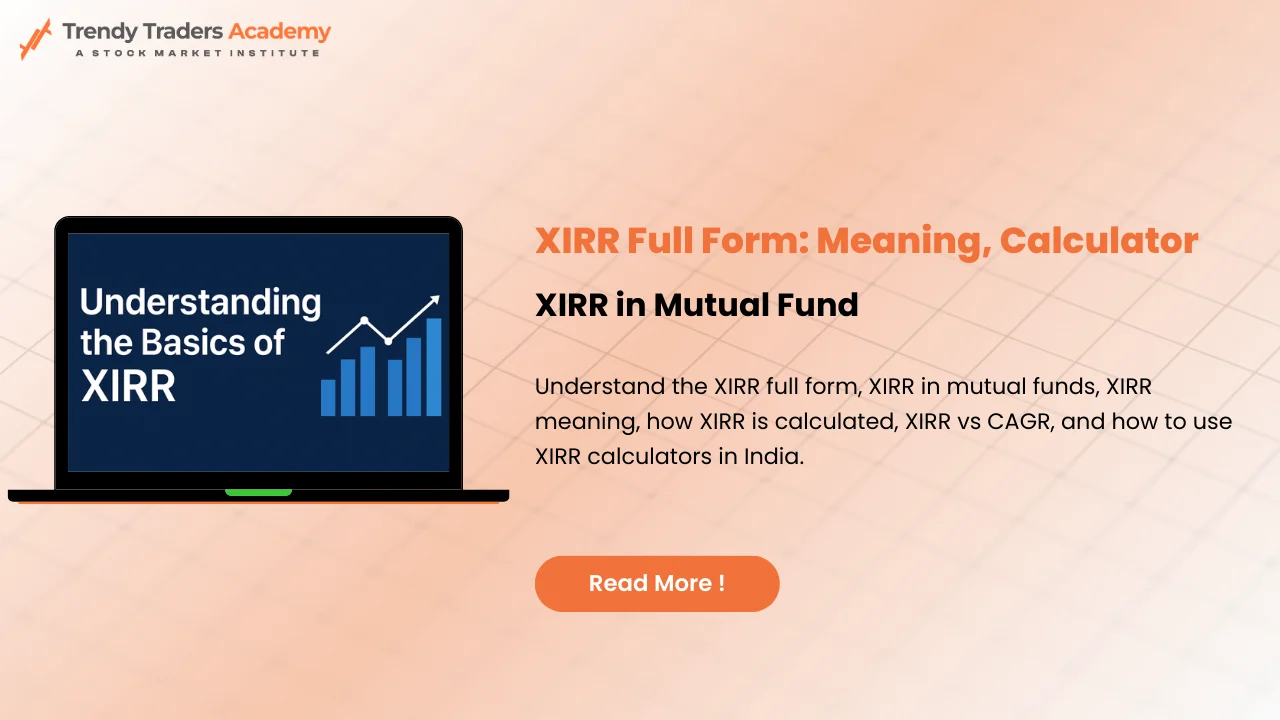
Understanding Stock Splits: The Beginner’s Friendly Guide
Why Companies Split Their Stock?
Imagine you’ve been eyeing a company’s stock but the price per share feels out of reach. To make shares more accessible, companies often split their stock. But what exactly does that mean?
In this guide, you’ll discover what is a stock split, learn the stock split meaning in plain language, explore how it differs from bonus shares, and understand why companies perform these splits. We’ll keep all explanations simple and clear — ideal for anyone starting their investing journey.
What is Stock Split Meaning?
A stock-split occurs when a company breaks down each existing share into multiple new shares. Lets imagine a pizza cut into more smaller slices- the pizza size remains the same, but one gets more number of slices to share
Let’s take an example, if own 10 shares priced at ₹1000 each and the company announces a 2-for-1 splitting of stock, one ends up with 20 shares priced at a rough price of ₹500 each. The total investment stays ₹10,000 — just spread across more number of shares at a lesser price.
Why Do Companies Opt for Stock Splits?
Shares rising to a high price can discourage small investors because they might feel it’s too expensive to buy. By splitting the stock and lowering the price, companies:
- Making their shares much more affordable for individual investors.
- Increasing the number of shares that can be traded in the market, boosting liquidity.
- Send a psychological signal that the company is doing well.
Types of Stock Splits – A Quick Overview
1. Forward Stock-Split
This is the standard type most companies do. They increase the number of shares while decreasing the price per share in proportion.
Examples: 2-for-1, 3-for-1 splits.
2. Reverse Stock-Split
Less common; this reduces the number of shares by combining them to increase the price per share.
Often used to meet exchange listing requirements.
Bonus Share vs Stock Split: What’s the Difference?
Feature | Stock Split | Bonus Share |
What Happens | Existing shares divided into more shares | New shares issued free of cost |
Source of Shares | No new shares created | Shares issued from company reserves |
Effect on Investment | No change in total investment value | No change in total investment value |
Impact on Share Price | Price adjusted proportionally | Price usually drops as more shares float |
How Does Stock-Splitting Affect You?
- Number of Shares: Increase based on the split ratio.
- Price Per Share: Decreases proportionally.
- Total Investment Value: Remains stable.
- Dividend Payments: Adjust with the changed share count.
- Liquidity: Tends to improve as shares become affordable.
Example to Understand Stock-Split
Before Split | After 2-for-1 Split | After 3-for-1 Split |
Shares: 100 | Shares: 200 | Shares: 300 |
Price per Share: ₹900 | Price per Share: ₹450 | Price per Share: ₹300 |
Total Value: ₹90,000 | Total Value: ₹90,000 | Total Value: ₹90,000 |
Things You Should Know About Stock Splitting
- Stock-splits do not increase your wealth but facilitate stock affordability.
- Splits are seen positively by the market as a growth indicator.
- Post-split stock prices often attract new buyers and increase trading activity.
- No action is needed from an individual; one’s Demat account updates on a automatic basis.
Real-Life Stock Split Cases: How It Plays Out on the Ground
Let’s analyse some real company stock-splits to see how these work in practice and impact investors.
Case Study: Reliance Industries Limited (RIL)
RIL divided its shares by splitting it from ₹1,000 face value to ₹10 in 2022.
Result: Number of Reliance shares increased 100 times, price dropped accordingly.
Outcome: Made RIL shares more affordable to general public and this increased liquidity in the market.
Case Study: TCS (Tata Consultancy Services)
Several stock-splits happened over the last two decades, latest 1:5 split happened in 2020.
Price lowered, allowing more investors to participate.
Volume of shares traded increased, market interest spiked.
What Happens to Your Investment During a Stock-Split?
Investor Aspect | Description |
Number of Shares Held | Increased proportional to split ratio |
Price Per Share | Adjusted downward proportionally |
Total Value of Holding | Remains unchanged |
Dividend Per Share | Reduced as share count rises |
Trading Liquidity | Improved due to more shares available |
Important Points Investors Often Overlook
- Stock-splits have no direct effect on company fundamentals.
- Tax is not applied on stock-splits themselves.
- Reverse stock-splits can improve a stock’s image but don’t add value.
- Market volatility can increase briefly after a split due to perceived affordability.
Practical Tips When a Stock-Split Is Announced
- Check your Demat account after the ex-split date to confirm share holding updates.
- Assess if the lower price per share now matches your investment goals better.
- Use increased liquidity opportunities to trade shares more easily if needed.
Final Thoughts: Making Sense of Stock Splits
Stock splits are financial tools that are adopted by companies with the main intention of making their shares affordable and accessible and enhancing liquidity in the market. This benefits the investors by making the price per share lower, making shares much easier to purchase.
While stock splits does not lead to new wealth on a instant basis, they play a crucial role in gaining attention of investors and keeping the market dynamic. Grasping the difference between stock splits and bonus shares further equip one to navigate one’s investment portfolio in a wise manner.
One should stay alert for announcements for stock split – they will present rewarding opportunities if timed in a proper manner.
FAQ'S
What is a stock split?
A corporate action where shares are divided into multiple units, lowering share price but keeping investment value intact.
Bonus share vs stock split?
Stock-split increases share quantity by dividing existing shares; bonus shares are free shares issued from reserves.
Will my stock value increase after a split?
No, one’s overall investment value remains the same after the adjustment occurs.
Can companies split their stock multiple times?
Yes, companies may perform several splits over their lifespan depending on price trends.
What is a reverse stock split?
The opposite of a stock-split is where shares are consolidated to increase the price per share.
Does a stock split affect dividends?
Dividends per share adjust proportionally, total dividend payments generally stay consistent.
Are stock splits taxable?
No taxable event is triggered by stock-splits themselves.
How do I know if a stock will split?
Companies announce splits publicly ahead of record dates and ex-split dates.
What is the record date in stock splitting?
A specific date when the company determines which shareholders are eligible to receive split shares.
Do I need to apply for stock split shares?
No, shares are automatically updated in your brokerage or Demat account.










